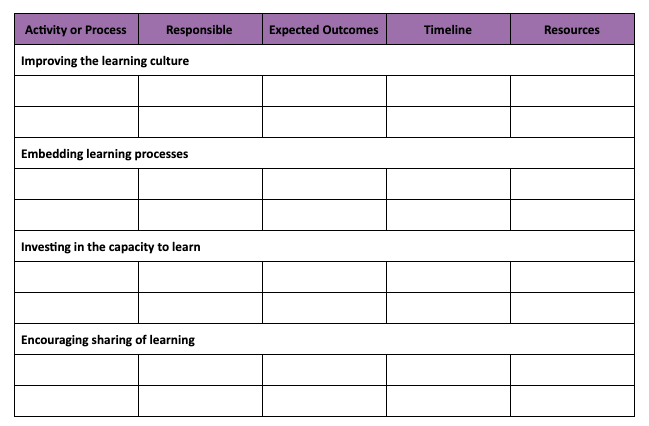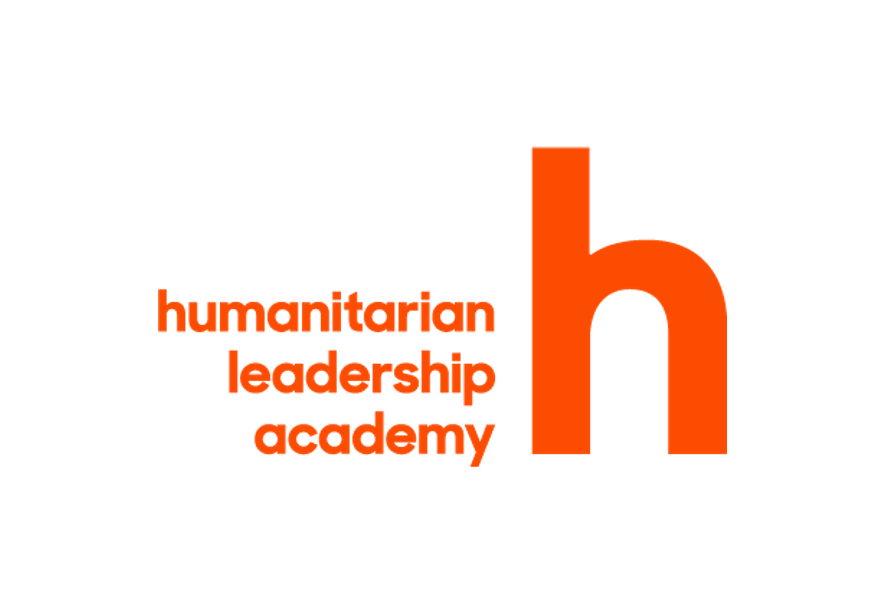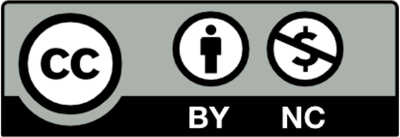Learning Plans
I want to plan processes that help me make smarter decisions and adjust my projects to new and changed contexts...
What is it?
Learning in the context of MEAL is about having a culture and processes that enable intentional reflection. The aim of learning is to make smarter decisions. Learning drives better performance.
All teams learn as they implement project activities. In the project context, learning is aided by a commitment to adaptive management.
- Adaptive management is an intentional approach to making decisions and adjustments to projects in response to new information and changes in context.
A project that embraces adaptive management uses data to inform project decisions. A culture of adaptive management is comfortable with change, supporting and encouraging a dynamic approach to project management. For example, a team that is committed to adaptive management will review and update logic models and project plans when necessary, and reward innovation among staff and partners.
To best take advantage of learning and consistently translate it into improved practice for your project, learning must be planned and managed. One tool to help teams learn and practice adaptive management is the Learning Plan.

By creating a learning plan, teams become intentional about:
- Improving the project learning culture
- Embedding learning processes into project activities
- Investing in the capacity to learn
- Encouraging sharing of learning.
How do I use it?
While learning plans vary in terms of format and content, the Guide to the MEAL DPro suggests that learning plans include guidance on the following four areas: teams focus learning planning in four areas.
1. IMPROVING THE LEARNING CULTURE
When fostering a learning culture, teams should promote an environment that encourages open, honest relationships and a commitment to continuous learning and improvement. This means creating a safe space to constructively challenge assumptions. Learning teams identify and support critical thinkers and encourage their active participation in MEAL processes. Finally, learning teams identify the specific learning attitudes, skills, and knowledge that the project needs to promote continuous learning.
2. EMBEDDING LEARNING PROCESSES
Embedding learning processes means incorporating activities that encourage learning directly into project management and implementation. These processes could include:
- Including learning and reflection activities as an agenda item for all MEAL team and project-related meetings. MEAL tools such as the Indicator Performance Tracking Table are a good starting point for these discussions.
- Adding learning prompts in regular monitoring tools designed as part of your MEAL data gathering system.
- Incorporating After Action Reviews, Learning to Action Discussions and other learning events as part of key implementation activities.
3. INVESTING IN THE CAPACITY TO LEARN
Teams committed to building capacity to learn identify specific training activities for staff, partners, and other stakeholders in basic principles and practices of learning and adaptive management. And, they ensure that staff are trained in facilitating intentional group learning processes.
4. ENCOURAGING SHARING OF LEARNING
These teams coordinate sharing activities with wider communications planning so that learning is included in meetings or conferences, publishing reports, or creating specific information sharing tools that are appropriate to your context.
When do I use it?
If your organization is managing adaptively, learning happens at every stage of project implementation and with all staff and other stakeholders involved in the project.
It is beneficial to consider creating a learning plan (and its concrete activities) as part of the development of the project implementation plan, at the beginning of the project period. This will help ensure that learning activities have the necessary time, resources, and management support to be successful.
Tips:
Tip 1: Create a safe environment for learning
Good learning requires a psychologically safe environment where individuals can speak up without fear of embarrassment. Leaders at all levels can contribute to this by reminding staff that their work is a learning opportunity; requesting contributions to discussions; and encouraging questioning. This leadership, when combined with a learning plan, creates an environment that fosters an intentional openness to seeking unexpected findings. This kind of critical thinking helps teams test hidden assumptions and biases and, thus, learn.
Tip 2: Learning Plan or Learning Agenda?
Despite often being used interchangeably, a Learning Plan is different from a Learning Agenda. A Learning Plan is focused on learning processes at the project level and how they might be supported by improvements in knowledge creation, capture, management and sharing.
A Learning Agenda is a set of broad questions directly related to the work that an organization conducts that, when answered, enables the organization to work more effectively and efficiently. According to USAID, a learning agenda includes:
- A set of questions addressing critical knowledge gaps
- A set of associated activities to answer each question
- Products aimed at disseminating findings and designed with usage and application in mind.

Supported by:
Shared by:
Users are free to copy/redistribute and adapt/transform
for non-commercial purposes.
© 2022 All rights reserved.




